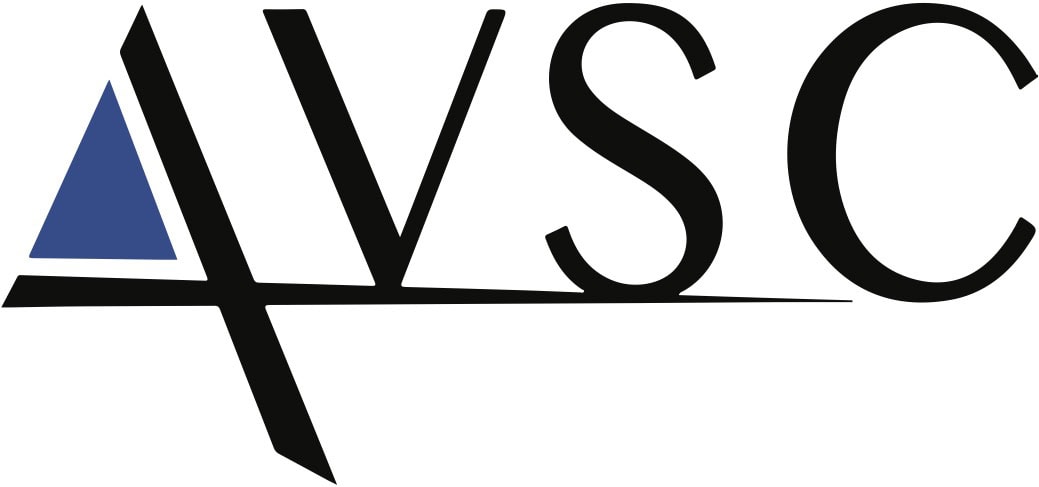Silicon carbide fiber reinforced silicon carbide matrix composites (SiC/SiC CMCs) and oxide fibers reinforced oxide matrix composites (Oxide CMCs) are a leading alternative for the design and manufacture of next generation gas turbine engine components such as airfoils, shrouds, combustor liners, and exhaust sections. These materials offer higher temperature capability than the current state-of-the-art metallic superalloys and are tougher than monolithic ceramics. The growing interest in CMC technologies is directly linked to new engine design constraints: an increase in operating temperature and reduction in weight, drastic decrease in community noise and air polluting emissions, and specific fuel consumption decrease. During the last fifteen years, substantial research efforts have been devoted to evaluating a wide range of CMCs and manufacturing routes. Recent experience with sub-element rig tests and engine ground and flight tests have confirmed the expected gains and provided significant lessons on CMC behavior for field service. Furthermore, design tools and test methods have been optimized for further understanding of behavior, damage tolerance, design criteria, and certification approaches. On the other hand, the development of UHTC matrix CMCs can offer opportunities for designing components subjected to very high flows, beyond C/C and C/SiC technologies, particularly for hypersonic vehicles.
Proposed Session Topics
- Recent CMC technological improvements for gas turbine applications
- CMC sub-element testing in realistic environment and life prediction approaches
- Ground and flight test experiences of CMC engine components
- Integration and attachment CMC parts with metallic parts: design and testing methodologies
- UHTC-CMC, emerging development and related applications
Symposium Organizers
- Eric Bouillon, Safran Ceramics, France
- Craig Smith, NASA Glenn Research Center, USA
- Marc Bouchez, MBDA, France
- Katie Detwiler, Air Force Research Laboratory, USA
- Dong-won Lim, DACC Carbon Ltd., Korea
- Gwang-soo Kim, DACC Carbon Ltd., Korea
- Jared Weaver, GE Aerospace, USA
- Richard Jones, Pratt & Whitney, USA
- Sungbo Shim, Rolls Royce High Temperature Composites
- Ken Goto, Japan Aerospace Exploration Agency, Japan
- Jon Binner, University of Birmingham, UK
- Chris Hawkins, Defense Science and Technology Laboratory (DSTL), UK
Points of Contact
- Eric Bouillon, eric.bouillon@safrangroup.com
- Craig Smith, craig.e.smith@nasa.gov
- Marc Bouchez, marc.bouchez@mbda-systems.com
